Why Does Gas Mileage Drop With New Tires – Causes & Fixes!
Bought new tires and facing gas mileage drop?
Here is the 5 most common reason Why Does Gas Mileage Drop With New Tires:
- The tire is in the Break-In or Adjust Period
- The Tread Design Doesn’t Match the Roads
- You’ve Picked the Wrong Sized Tires
- Non-Optimal Tire Pressure
- Bad Driving Habits
Let’s learn about everything regarding tire-related gas mileage drops here.
5 Reason Why Your Gas Mileage Drop With New Tires
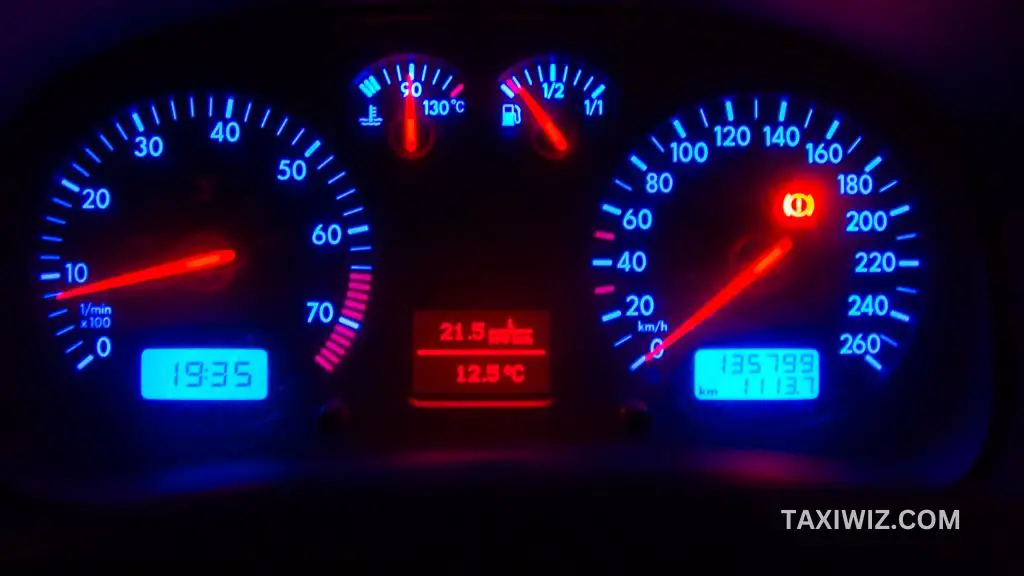
If you have just installed new tires, then it is quite natural to see temporary drops in gas mileage with your vehicle. Here are the possible reasons why you might be experiencing this:
1. The tire is in the Break-In or Adjust Period
If you are buying brand-new tires, then they will come with a smooth & glossy surface.
This is due to the fact that during manufacture, various release agents are used on tires to keep them away from bonding with any surface and prevent them from sticking to the mold that is used in production.
As a result of using the release agents, the tires look glossy and become slippery. So, when you first put them on your car, they don’t have similar traction compared to your old tires.
Therefore, they don’t come with the most optimal road grip, and this results in you experiencing a slight decrease in mileage.
But this situation is short-lived as soon the break-in period is over, the tires start to lose the effects of the release agents.
When that happens, they will start to perform optimally, and you won’t have to experience a slight decrease or drop in mileage performance.
2. The Tread Design Doesn’t Match the Roads
If you are still having trouble with a drop in gas mileage and are assured of the fact that any other component isn’t acting up, then maybe it is the tread design of your tire that isn’t matching the road you are driving on.
Depending on the tire model, there are tires that come with an array of tread designs that are suited for different types of roads.
Tread designs like all-season driving, off-road, and high-performance are the most common.
So, for example, if you usually drive through dry and rough terrain, then high-performance tires won’t show the most optimal result that off-road tread design tires would.
In short, these tread designs directly affect the rolling resistance of the tires. Rolling resistance is the force that keeps the tires rotating. That’s why new tires with a mismatched tread design can offer a slight drop in fuel mileage.
3. You’ve Picked the Wrong Sized Tires
When you have switched to new tires, make sure that the new tires are of the same size and weight. If you pick tires that are larger in size, then they will weigh more, meaning the car now has more weight than it did before.
And that can slightly affect the fuel efficiency of the car as the car will need to use more power to rotate the wheels, and that means the engine will require more fuel to produce that power.
4. Non-Optimal Tire Pressure
If your tires aren’t properly inflated according to the recommendation of the manufacturer, then it will have a negative impact on your gas mileage.
This is true for both overinflated and underinflated tires. Usually, non-optimal tire pressure generates a higher rolling resistance which leads to a drop in fuel mileage.
Most of the time, first-time vehicle owners suffer from this when they switch from the tires that officially came with the car to a new one.
5. Bad Driving Habits
Sometimes it is not the new tires that are at fault but the drivers behind the wheel. There have been many cases where drivers start to drive roughly once they have new pairs of tires on their vehicle.
Making aggressive turns, more frequent trips, and speeding – can all lead to a drop in fuel mileage.
And it is understandable to check out and enjoy the new grip and handling that comes with adding new tires, but once the excitement of getting new tires exhausts and the drivers return to their regular routine, so will the fuel efficiency.
Significant Drop in Mileage after Installing New Tires
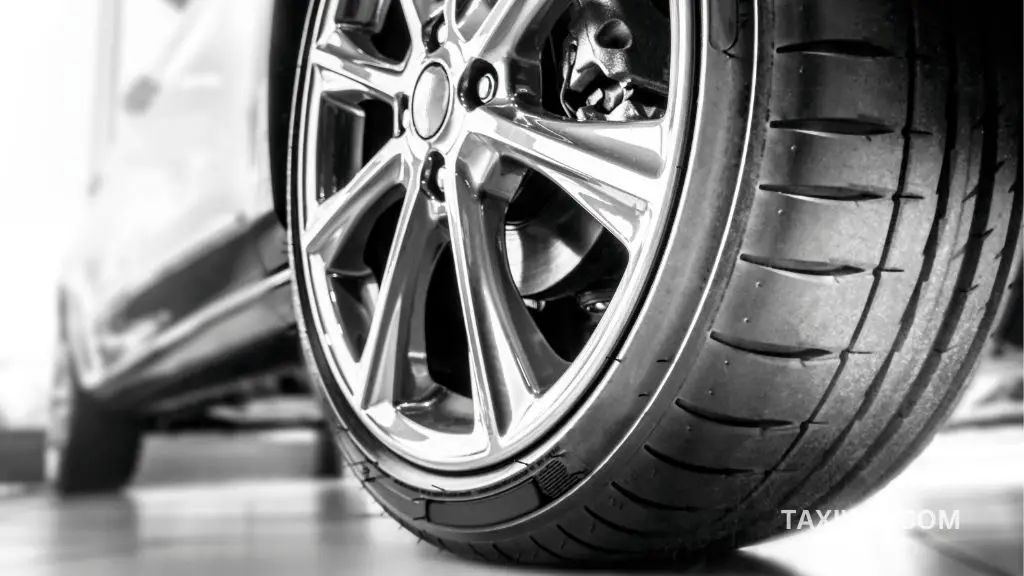
When the drop in the mileage isn’t mild, and you can easily see fuel efficiency drastically dropping after installing a new set of tires, then these might be the underlying reasons:
- Imbalance in Tire Pressure
In new tires, tire pressure is often the issue for mileage drop. For significant drops, it may occur from an imbalance of tire pressure on all four of the wheels.
As for the worst-case scenario, there would be tire pressure variations on all of the wheels, and some would be overinflated while others would be underinflated.
When that is the case, then the overall rolling resistance is extremely high, which results in the car requesting more power from the engine, and when the engine provides that amount of power, it utilizes a lot of fuel.
That is why you will see a large drop in your gas mileage.
- Mismatched Tire Size & Type
Similar to the case of tire pressure, if you are putting up tires that aren’t even in size or don’t match each other, then the engine will have to overwork to support your car, which means more fuel usage and a drop in gas mileage.
- Other Factors
There can also be other factors like faulty nails or components related to the wheel function that is causing the engine to overwork. Maybe your old tires adjusted to the anomalies, but the new tires obviously won’t.
In this case, seeking help from professionals is the best option. Maybe it is not the tires that are at fault this time.
How to Fix Gas Mileage Drop After Installing New Tires
Here are some actionable tips you should follow:
Let the Tires Settle In
If you have just installed your tires and see some slight mileage drop, then there is nothing to be alarmed off.
Just wait a few days so that the new tires can set in with your vehicle and road conditions.
Now the time that you will have to wait mainly depends on what type of tire you have got for your car and how strong the glossy surface coating is. Usually, it shouldn’t take more than a few hundred miles for the break-in period to be over.
Adjust the Tire Pressure
When you see gas mileage drop even after the glossy surface of the new tires is gone, almost every time, it is the issue of tire pressure.
To fix this problem, check the tire pressure of every tire and make sure they are not underinflated or overinflated. Consult your car manual, and you should be able to find what is the optimal tire pressure settings for your vehicle.
Check for any underlying leaks also because maybe you are putting up the right tire pressure, but due to leakage, one of them drops, which causes the gas mileage to drop.
If that is the case, then covering the leak should help you get rid of the problem.
Choose the Right Tread Pattern
As discussed earlier, trade patterns can play a role in the gas mileage of a car. In your case, if you are seeing a slight drop in fuel efficiency, then check if the road you are driving your car on is compatible with the new tire’s tread pattern.
If not, then you should replace and change it immediately. If you don’t know which pattern is the best option for you, then consult your tire manual and seek help from experts.
Generally, an all-purpose tread pattern works for every road, but for the most optimal fuel mileage, you need to get the one that suits the roads best.
Check the Size of New Tires
The size requirement is something that many first-time tire changers tend to ignore.
But usually, if the sizes aren’t of the optimal setting for your car, then the engine will have to overwork, and even then, you will be putting your car in accidental situations.
If your gas mileage still doesn’t improve, then you shouldn’t waste any more time and take your car to a professional as soon as possible. Inspecting the vehicle with the proper machines and expertise will allow you to find the truth behind your gas mileage leak.
Check out 7 Reasons for high fuel consumption!!! and how to solve
Frequently asked questions (FAQs)
1. Is it true that driving at higher speeds reduces fuel efficiency?
Yes, driving at higher speeds will increase the aerodynamic drag, which will result in reduced fuel efficiency.
2. Does using premium gasoline improve fuel efficiency?
No, it doesn’t. Premium gasoline typically has a higher-octane rating, which helps high-performance engines to utilize their full power.
3. Can fuel additives or devices improve gas mileage?
No, there are many fuel additives and devices that claim to improve fuel efficiency, but their effectiveness is questionable, to say the least.
Conclusion
To recap, Here is the 5 most common reason Why Does Gas Mileage Drop With New Tires:
- The tire is in the Break-In or Adjust Period
- The Tread Design Doesn’t Match the Roads
- You’ve Picked the Wrong Sized Tires
- Non-Optimal Tire Pressure
- Bad Driving Habits
Related articles:

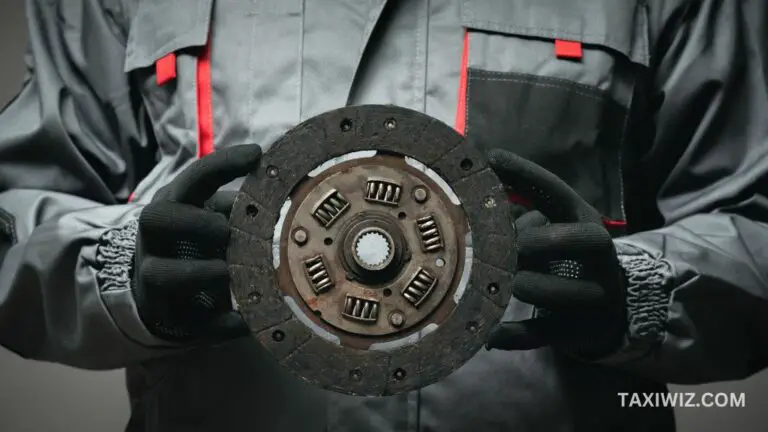
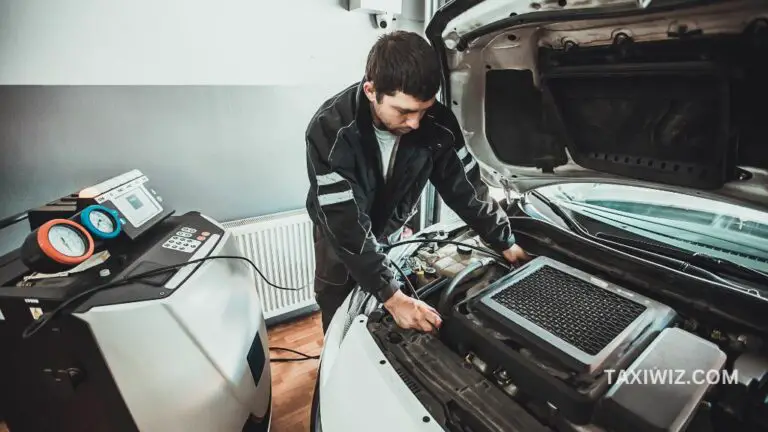
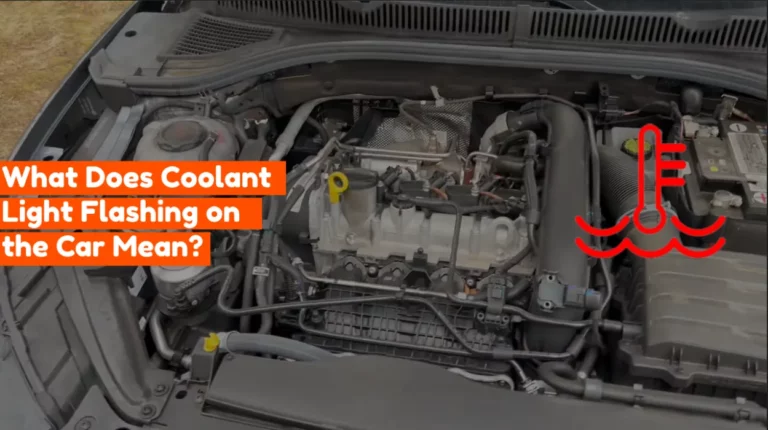
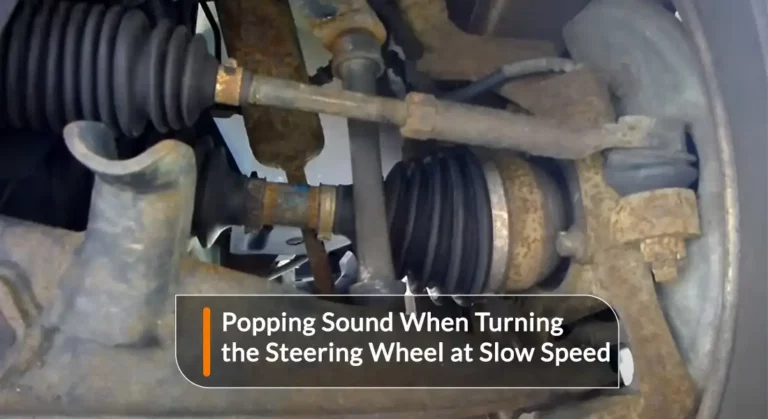
![Where Is the Starter Located On A Car? [Answered!]](https://taxiwiz.com/wp-content/uploads/2023/07/Where-Is-the-Starter-Located-On-A-Car-768x432.jpg)